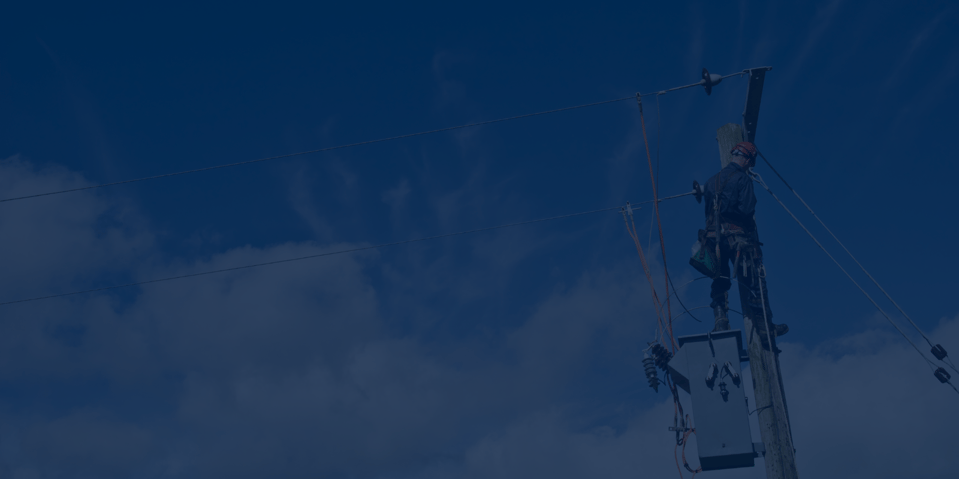Overcoming the 3 Biggest Challenges for Deskless and Front-line Employee Communications
ITacit
There are many specific challenges of managing remote employees, and distributed workforce communications in general. With teams spread out, working in different locations, and not logging into a central place of work, these types of workforces are inherently different from traditional in-office employees.
Along with this, the risks of employees feeling disconnected or being unable to have a desktop or device on-hand are higher than normal.
We dive into the major challenges facing remote, front-line and distributed employees and offer some solutions to help your organization reach and engage these diverse and crucially important audiences.
How to Engage your Remote and Front-line Teams the Right Way
Organizations are increasingly composed of a diverse mix of workers across a wide range of work locations, shift types, and schedules.
On top of this, digitalization – accelerated during the 2020 pandemic – has shifted an enormous number of jobs online. This rapid advancement in online, remote working technology has also cascaded through nearly every aspect of the modern workplace.
Communicating with remote, front-line and distributed employees has unique challenges for management and communication teams.
Deskless employees are more prone to feeling disconnected or disengaged
In-office employees have the luxury of proximity to their co-workers, leadership, and typical office amenities like break rooms and meeting areas. For dispersed employees, a disconnect between the central workplace can occur due to a sense that they are not a part of the central core of operations.
Front-line workers often work outside of the normal 9-to-5 of a typical office, further driving a wedge between their roles and those of regular office staff. The same can be said for dispersed staff in areas such as transportation or field-service, where they’re on the road or on-site for most of their working time.
Communication managers should be aware that messaging delivered during the normal working hours of an organization may not reach those workers with schedules outside of that time, or who may be too busy to be checking their email or phones. In the same way, important events like town hall meetings or business updates are often missed - or at least not experienced in the same way - for those types of dispersed, out-of-office staff.
One-to-one vs. many-to-many for dispersed workforce communications
One-to-one communication, where “the CEO delivers a singular message to the entire staff, and expects that sole piece of communication to be widely seen, understood, and acted upon” is changing in favour of what’s known as many-to-many communication.
Taking cues from social networks, many-to-many allows numerous messages to be sent to a range of specific audiences. For remote and dispersed staff, this means that the communications they receive can be specifically targeted and tailored for them.
Instead of a generic message that may not apply to a substantial portion of the staff, many-to-many allows an organization to reach specific staff groups or individuals with information that’s directly relevant to them.
By catering to front-line and remote workers through targeted messaging, important communications are more likely to be absorbed by the audience and not lost in a sea of irrelevant messaging. This can be a major boost to the reach and engagement of communications, and it also shows to the staff that their wants and needs are considered.
Dispersed employees have different wants and needs
Remote, front-line and distributed employees can’t all be placed under the same umbrella. Every group of employees, and every individual worker, has different wants and needs.
One common thread to help reach and engage all of an organization’s distributed teams is the intelligent use of communication tools. Employee communication apps, intranets or social networks, and email can all be effective tools to communicate directly to each diverse group.
That said, technology doesn’t offer a one-size-fits-all solution either. Certain groups of employees, like front-line health care workers, might digest information in a completely different manner than, say, remote workers in the finance department.
As communication strategists, you can’t assume that every employee has equal access to online materials. On top of that, many employees are just too busy to be regularly checking their emails or employee communication applications.
Communication teams must be aware of these different wants and needs and pick up the cues of what a typical shift of an employee looks like. The best way to truly understand each audience is through persona mapping, to understand the types of people and roles in the organization. Then employ an empathetic approach to really try to see the situation from each worker’s viewpoint.
It’s cliche to say, but to really get to know your audience, you have to walk in their shoes - or work a day in their shift - to fully understand their daily experience at their jobs.

Traditional methods aren’t as effective
Like the shift from one-to-one to many-to-many communication, other traditional methods aren’t as effective when communicating to remote and dispersed staff.
Throughout the COVID-19 pandemic, organizations have needed to rely on agility and rapidly adapt to new technologies to keep their workforce connected. We’ve seen many traditional workplace processes and rituals completely upended. Video conferences are no longer the exception, they’re the rule. Working from home is more widespread than ever, and business leaders expect many positions will remain remote.
Changes to these traditional methods of communicating to staff can only help close the gap between the differences in communicating with in-office and remote workers.
Solving the challenges of managing remote employees to boost your frontline workforce management
Through harnessing the technologies available, all the while keeping in mind that no two roles and no two individuals are alike, managers and communications teams can set their organizations up for long term success, engaging and reaching all employees across every type of position.
Author :Teri Maltais, Marketing Director for iTacit
Read the original article here
Check out their profile on CollabHub here
.png?width=600&height=187&name=Untitled%20design%20(2).png)



